Minimoog Model D: The iconic synth that can’t stay away
Moog has found a few more chips down the back of the sofa and is bringing back the only synth that matters: The Minimoog Model D, hopefully for good this time.
Minimoog Model D
The Model D has been around for 52 years. Its influence on electronic and contemporary music really can’t be measured. As a synth it’s nothing extraordinary. But as an icon, an instrument and a physical object, it somehow penetrates our synth-loving souls.
We’ve been here before. Twice now, the Model D has been shelved. It’s quite interesting how much the synthesizer landscape has changed between those two discontinuations. It was originally manufactured between 1971 and 1981. It led the way for an explosion of affordable synthesizers that it couldn’t quite keep up with. Polyphony, digital technology and cheaper forms of production made the Model D appear quaintly old-fashioned, and so Moog had to evolve and move on to other instruments.
The last ten years have seen us return to the charms of vintage analogue synthesis, and in 2016 Moog felt that the conditions were right to restart production on this classic synthesizer to satisfy the appetite of new generations of synth enthusiasts. I think they wildly underestimated the interest. A year later, they had run out of key components, and once more, the Model D was discontinued. So, it’s been cancelled due to both a lack of interest and an orgy of interest.
This time for good
The reissue in 2016 was not supposed to be a limited run. So I wonder if this time around, the intention is to keep it on as a current product. In other words, are we all going to have to sell a kidney to secure one, or is there time to save up and acquire one at our leisure? For many of us, it’s an aspirational/fantasy purchase, considering the price and what else is available for that sort of money. But the thought that you can walk into a shop and buy one is quite thrilling.
At the same time, Moog is releasing a bunch of merchandise, including cases, dust covers, t-shirts and stuff. So, if you don’t have the budget for the synth, you can at least console yourself by looking snazzy.
The Model D specs
Moog assures us that the Model D is hand built at the Moog factory to the original specifications. It’s the same through-hole design on the 1970s model housed in a hand-finished aluminium chassis inside a handcrafted Appalachian hardwood cabinet.
The modifications made for the 2016 run remain in place. These include a dedicated LFO, a premium Fatar keyboard with velocity and after-touch, which emerge as CV jacks, MIDI integration and overdrive in the mixer. Remarkably, for the first time, Moog has added a spring to the pitchwheel so it returns to the centre. I imagine this will annoy a lot fewer people than it will please, but it’s a difference that some people will undoubtedly see as detrimental to its authenticity.
Momentus
It feels so good to have the Model D back in our lives. It’s an exciting thing to write about and makes me feel good about the future of synthesis. This synth is, of course, a premium instrument, and it’s unlikely I will ever be able to afford one, but that doesn’t stop me from appreciating it as a work of art in synthesizer form.
The 2016 reissue was £3249; I’m told the Model D 2022 will be £5299. That’s quite shocking, even for an instrument as lovely as this.
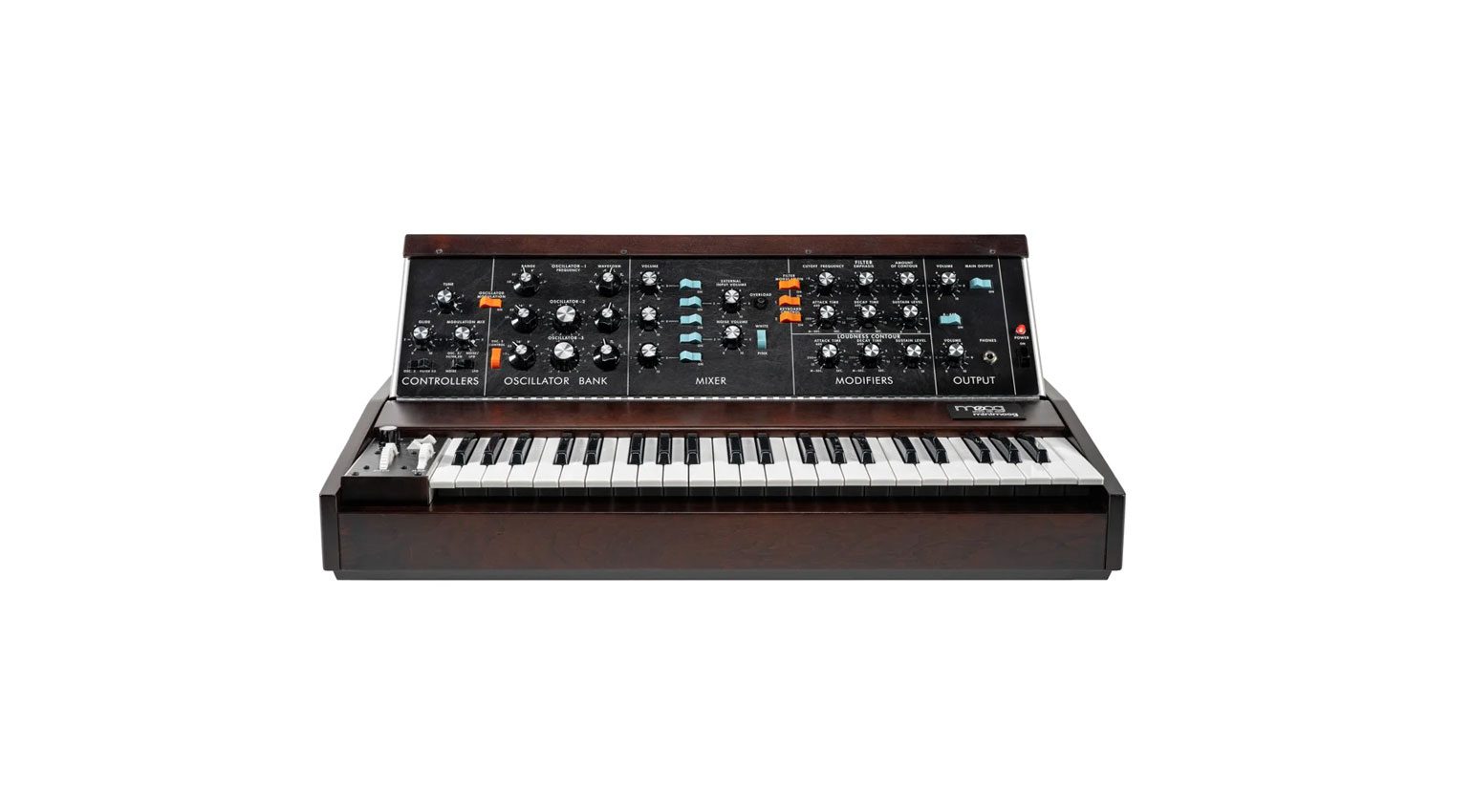
You are currently viewing a placeholder content from YouTube. To access the actual content, click the button below. Please note that doing so will share data with third-party providers.
10 responses to “Minimoog Model D: The iconic synth that can’t stay away”

 4,2 / 5,0 |
4,2 / 5,0 | 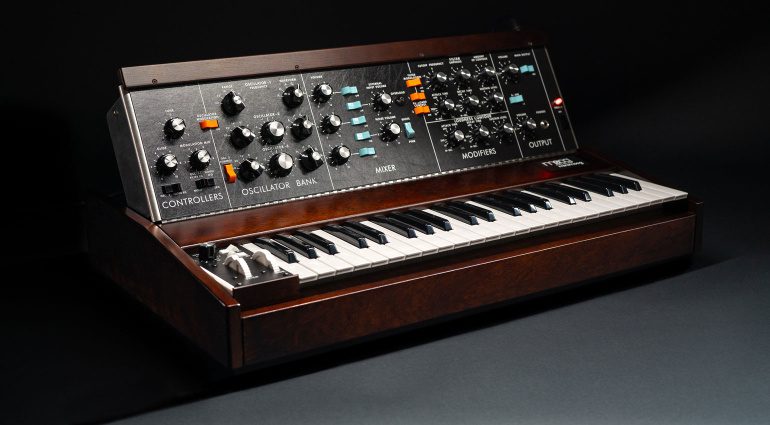
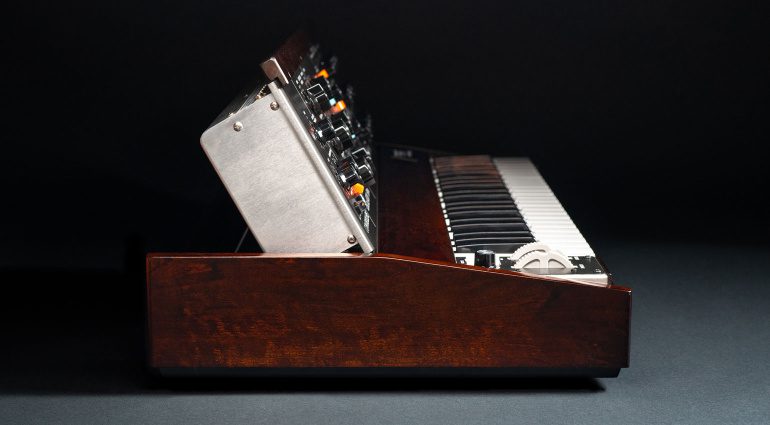
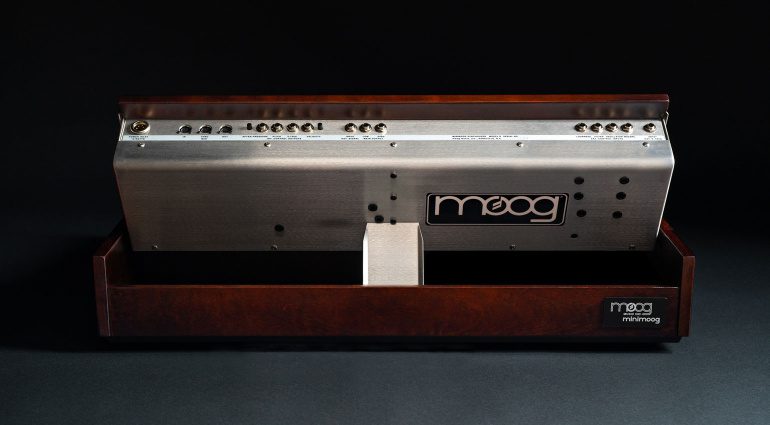
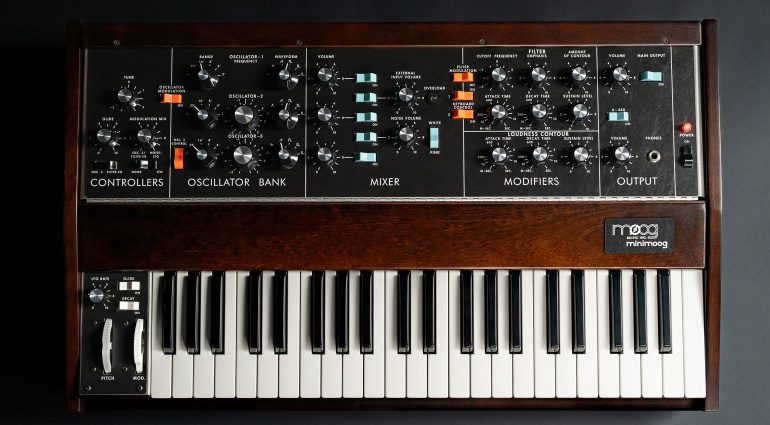
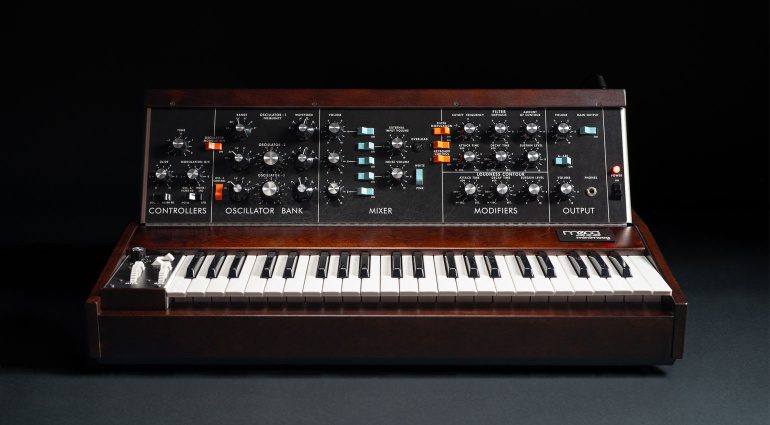





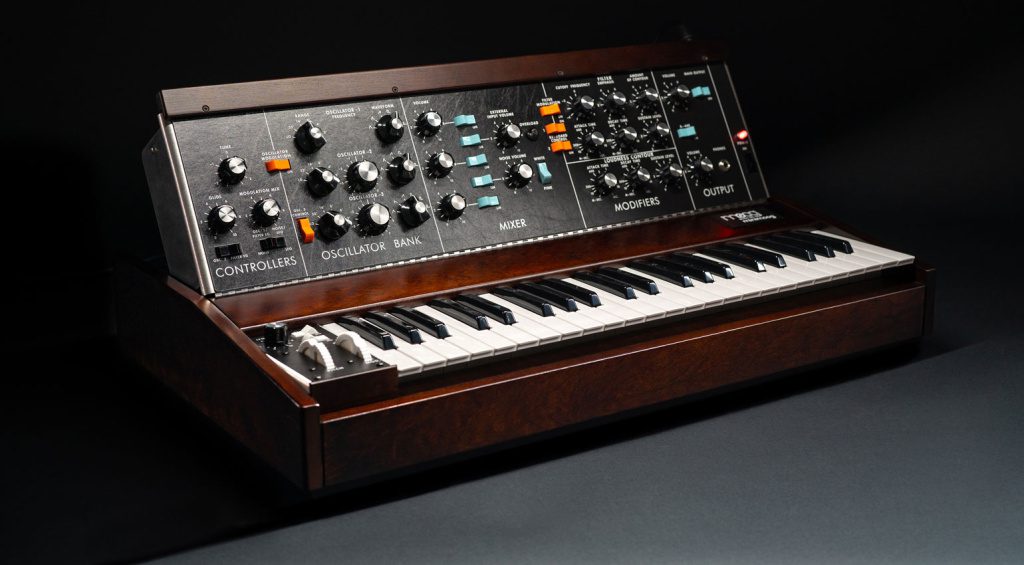
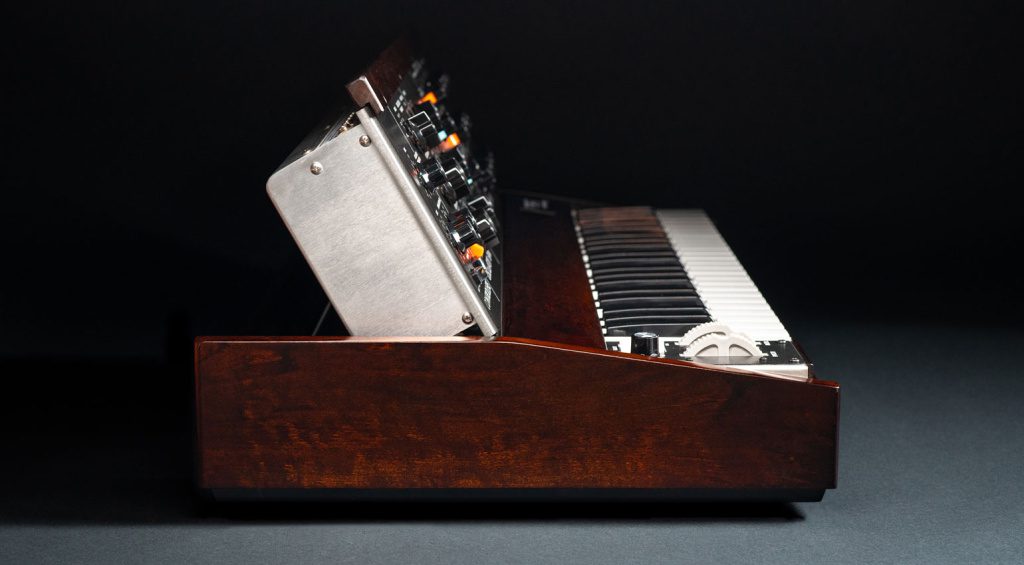
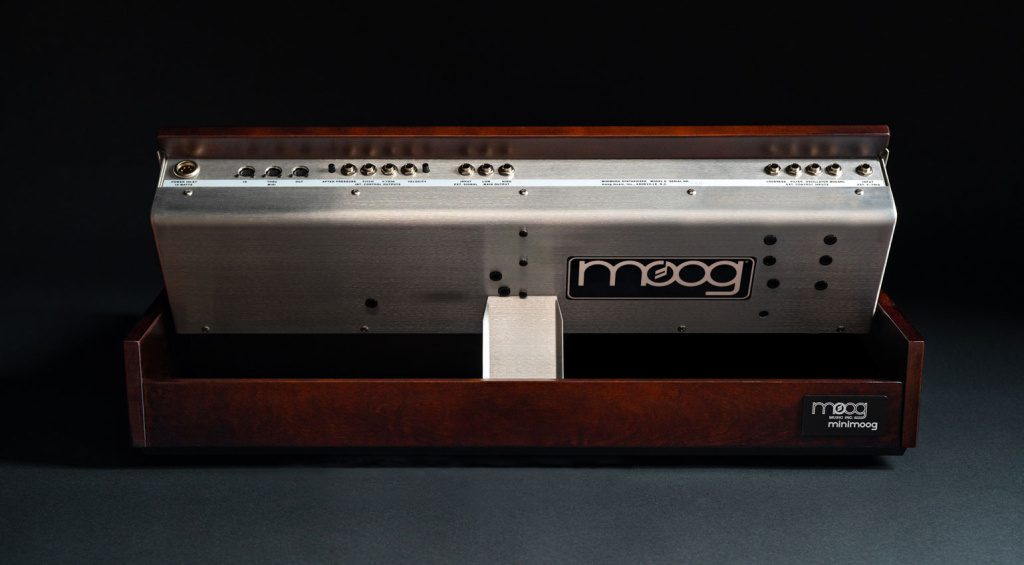
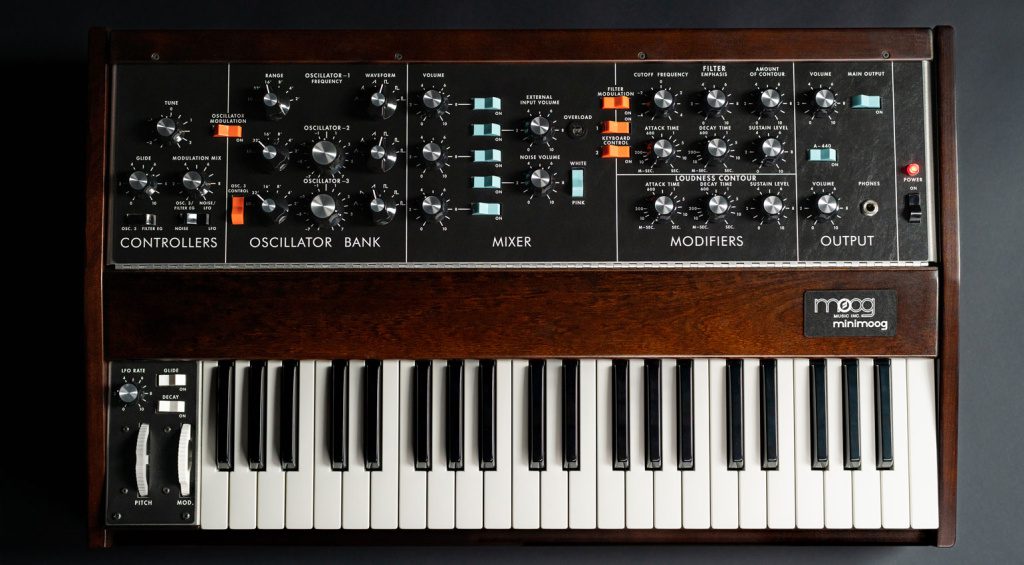

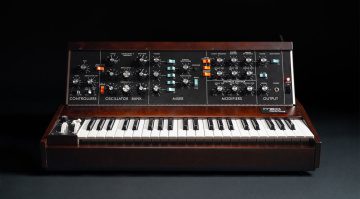

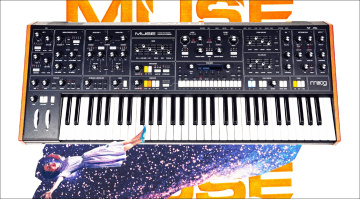
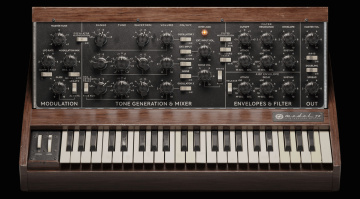
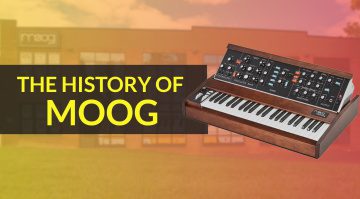
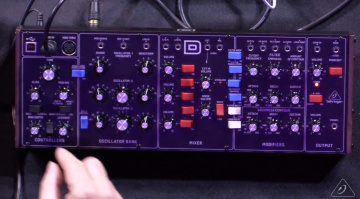
Behringer Model D sounds about the same and it costs only 4,779.8€ less than this beautiful monstrosity.
I was waiting for this stupid comparison to show up in the comments.
While the cost is insane, a fully playable premium instrument is not the same as a sound module from a company that puts out many products with quality issues.
It would appear that your wait has paid off.
Sorry, but who cares? These will all be snapped up by collectors with only a fraction of the talent of the icons that virtuostically played this model into fame, and who all, coincidentally, moved on to other synths as the benefits became apparent (polyphony, stability, reliability, vastly greater sonic palette) leaving only the wannabe’s to be willing to pony up a fortune so they can strut around their music rooms in a cape without seeing the word ‘Behringer’ on what they are regurgitating 50 year old licks on…
But a fool and his money, as they say…
I’m sorry that Stinky’s Bait Shack doesn’t pay well enough for you to get one.
I think the calculator in the sales department is broken.
Meh. I’ll wait for Model E, myself. 😉
I have wanted a mini for decades and have been saving up for years. When it was announced in 2016 I put aside money for years. I could not afford it when it was discontinued ayear later but I kept on saving and saving, adding up funds untol now. Now it is 5K and I STILL cannot buy my dream instrument. Collectors, please back off and let us MUSICIANS purchase these instruments. I started electronic music at 15, now I am 53. I work my ass off to save up. I am almost ready to give up. In 2022 a mini should be 4K not a cent more.
Really these items are marketed and sold to boomers reliving their fantasies of 70’s and 80’s pop culture. Sure they may sound good, but not essential or even relevant in modern music creation. Its like the whole vintage guitar thing. I had 3 early 70’s Strats and frankly compared to my 2022 Squire Affinity 70’s Strat they were all shit. Way to much nostalgia. But if people have the money and it makes them happy why not I suppose.
It’s the most used stage synthesizer of all time. Still.
There’s an argument to be made that the price tag is too high, but saying the model d is not relevant is not true. And no instrument is “essential”.
You are currently viewing a placeholder content from Facebook. To access the actual content, click the button below. Please note that doing so will share data with third-party providers.
More InformationYou are currently viewing a placeholder content from Instagram. To access the actual content, click the button below. Please note that doing so will share data with third-party providers.
More InformationYou are currently viewing a placeholder content from X. To access the actual content, click the button below. Please note that doing so will share data with third-party providers.
More Information